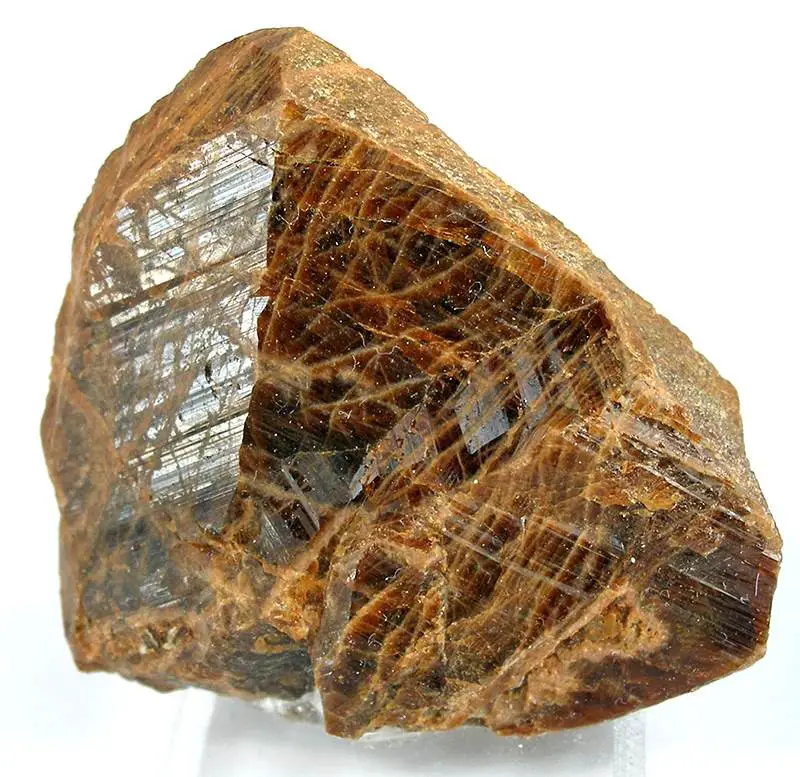
Radioactive sources are materials that emit ionizing radiation due to the radioactive decay of their unstable atomic nuclei.
Throughout history, these sources have proven valuable in various applications, from medicine and industry to scientific research. However, its use also raises legitimate concerns about safety and associated risks.
What are radioactive sources?
Radioactive sources are materials that emit ionizing radiation due to the radioactive decay of their unstable atomic nuclei.
This radiation can be in the form of alpha, beta or gamma particles, and is released continuously or intermittently as the radioactive nuclei transform into other, more stable elements.
What are radioactive sources used for?
Radioactive sources have a wide range of applications in our society. Below are some of the main areas in which they are used:
Nuclear power plants and power generation
 In power generation, nuclear fission is used to produce electricity in nuclear reactors and nuclear power plants.
In power generation, nuclear fission is used to produce electricity in nuclear reactors and nuclear power plants.
Isotopes such as Uranium-235 and Plutonium-239 are used to manufacture nuclear fuel.
Nuclear medicine
One of the most notable applications is nuclear medicine, where radioactive sources are used in diagnosis and treatment.
Isotopes such as Technetium-99m are used in scintigraphy to visualize internal organs and detect diseases. Another example is Iodine-131, which is used to treat conditions of the thyroid gland, such as thyroid cancer.
Industry and quality control
In industry, radioactive sources are used for various applications, such as measuring the thickness of materials and controlling the quality of welds. This is essential in the manufacture of components that require precision and durability.
Scientific investigation
Scientists use radioactive sources in nuclear physics experiments and in research that involves monitoring substances in biological systems.
Carbon-14, for example, is used for dating ancient objects and determining the age of fossils and archaeological artifacts.
Safety and handling of radioactive sources
Safety in the handling of radioactive sources is essential to minimize the associated risks.

1. Controlled exposure: It is essential that people working with radioactive sources are properly trained and follow strict procedures to minimize radiation exposure.
2. Prevention of contamination: Radioactive sources can become contaminated if the containers that house them are damaged or handled incorrectly. Radioactive contamination can spread and be dangerous.
3. Protection and shielding: The use of adequate shielding and radiation detection equipment is essential to ensure the safety of those who work with radioactive sources and the general public.
4. Regulation and supervision: Government agencies and international organizations, such as the International Atomic Energy Agency (IAEA), strictly monitor and regulate the use of radioactive sources to ensure that rigorous safety standards are followed.
Types of radioactive sources according to their origin
Radioactive sources can be classified according to their origin:
Natural sources
Natural radioactive sources refer to radioactive materials and elements that are inherently found on Earth and are not the result of human activity. These sources emit ionizing radiation due to the radioactive decay of the atoms that compose them.
Radioactive minerals
 Some examples of naturally occurring radioactive sources include radioactive minerals such as uraninite and thorianite, which contain uranium and thorium, respectively.
Some examples of naturally occurring radioactive sources include radioactive minerals such as uraninite and thorianite, which contain uranium and thorium, respectively.
Additionally, radioactive elements such as potassium-40, found in rocks and minerals, also contribute to natural radiation on Earth. This radiation is an intrinsic part of the environment and can vary in intensity depending on geographic location and the composition of local soil and rocks.
Cosmics rays
Cosmic rays are another source of ionizing radiation that influences natural radiation on Earth. These rays consist of charged particles, such as protons and nuclei of atoms, that come from outer space, mostly from the sun and other distant sources in the universe.
As these particles pass through the Earth's atmosphere, they interact with air molecules and produce a cascade of secondary particles, including muons and neutrons, that reach the Earth's surface.
Artificial sources
Artificial radioactive sources are materials that have been created or modified by humans to emit ionizing radiation in a controlled manner and be used in various applications.
These sources are fundamental in areas such as medicine, industry and research and especially in the manufacture and exploitation of nuclear fuel in nuclear power plants.
Examples
To better understand the diversity of radioactive sources, here are some examples:
-
Cobalt-60 (Co-60): Used in radiation therapy to treat cancer and in industrial radiography to inspect welds.
-
Technetium-99m (Tc-99m): Widely used in nuclear medicine for scans and diagnostic studies.
-
Uranium-235 (U-235): Used as fuel in nuclear reactors to generate electricity.
-
Iodine-131 (I-131): Used to treat diseases of the thyroid gland, such as thyroid cancer.Tritium (H-3): Used in scientific research, including monitoring chemical and biological reactions.
-
Cesium-137 (Cs-137): Used in industrial radiography and in measuring the thickness of materials.
-
Carbon-14 (C-14): Used in radiocarbon dating to determine the age of ancient objects and fossils.